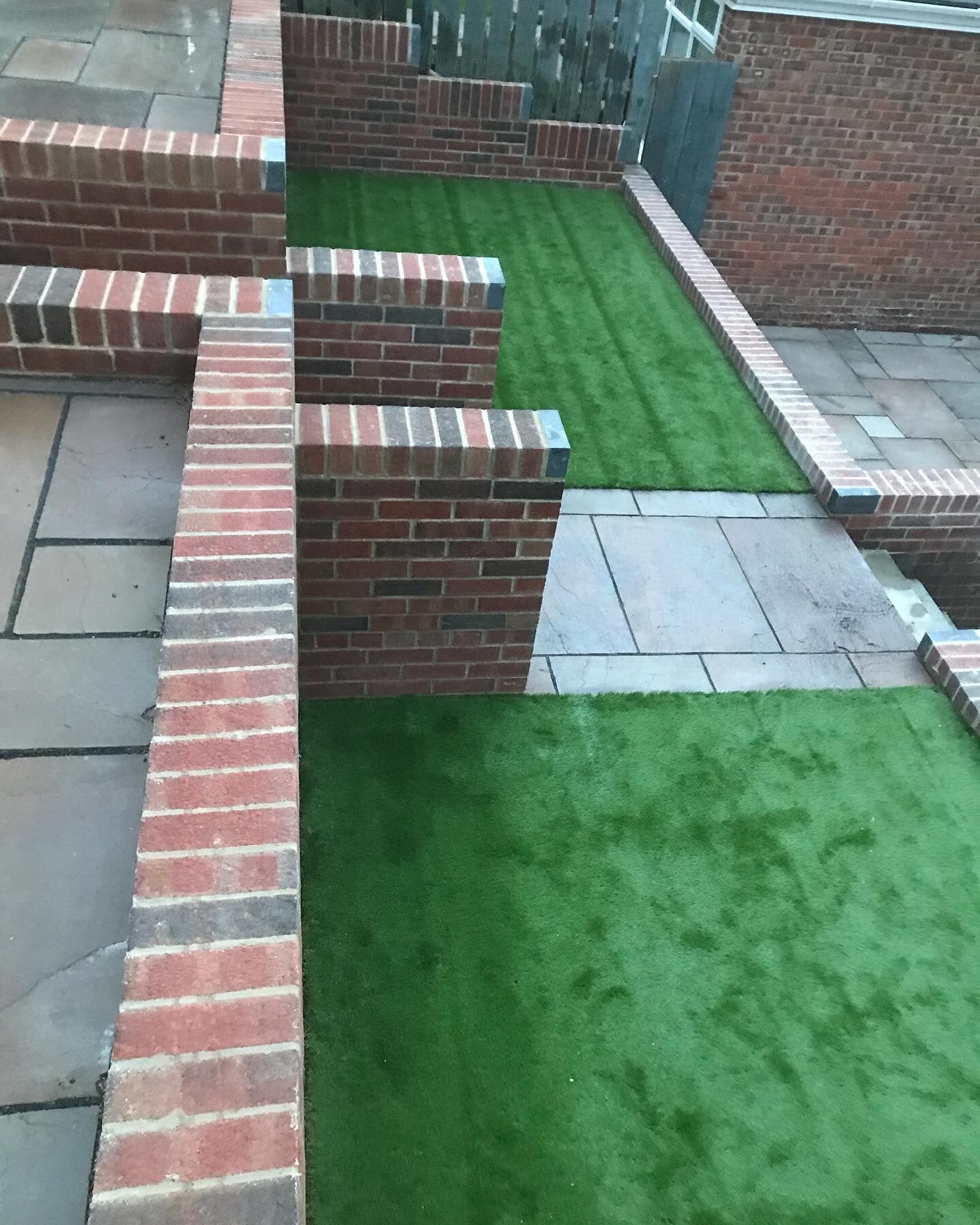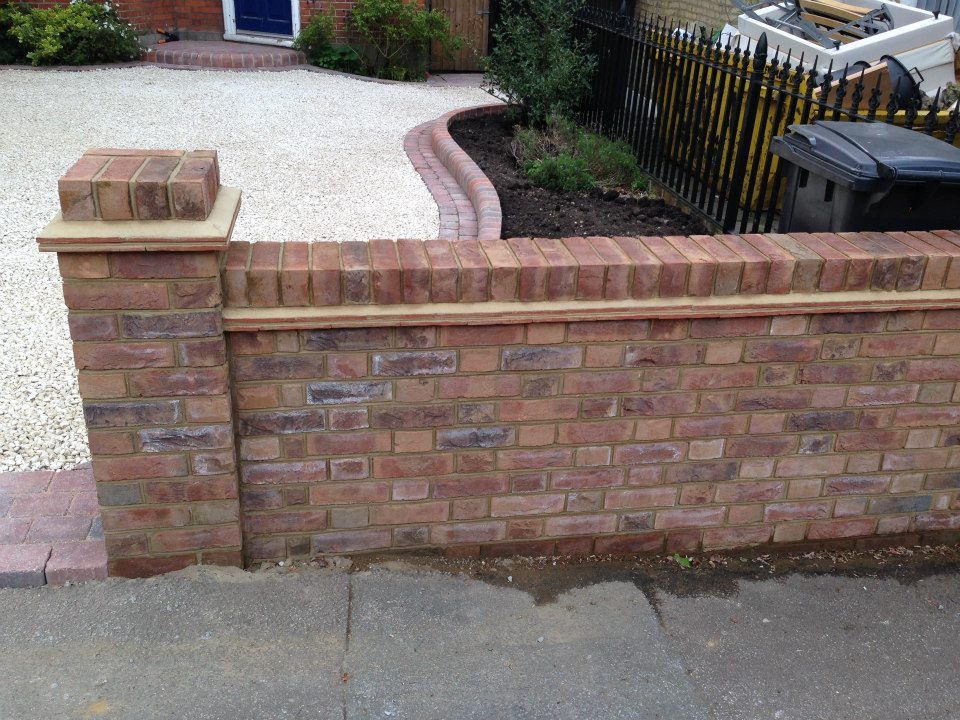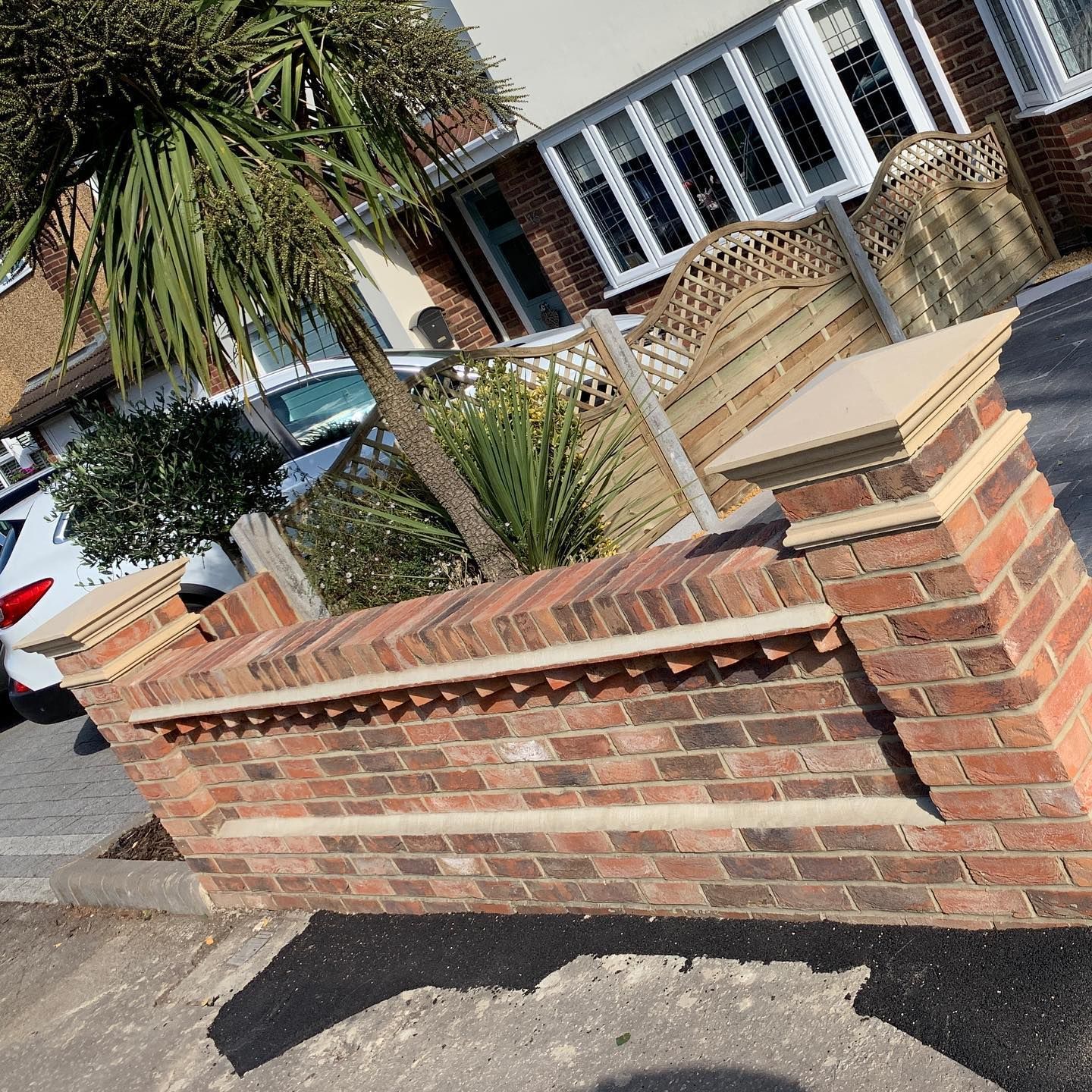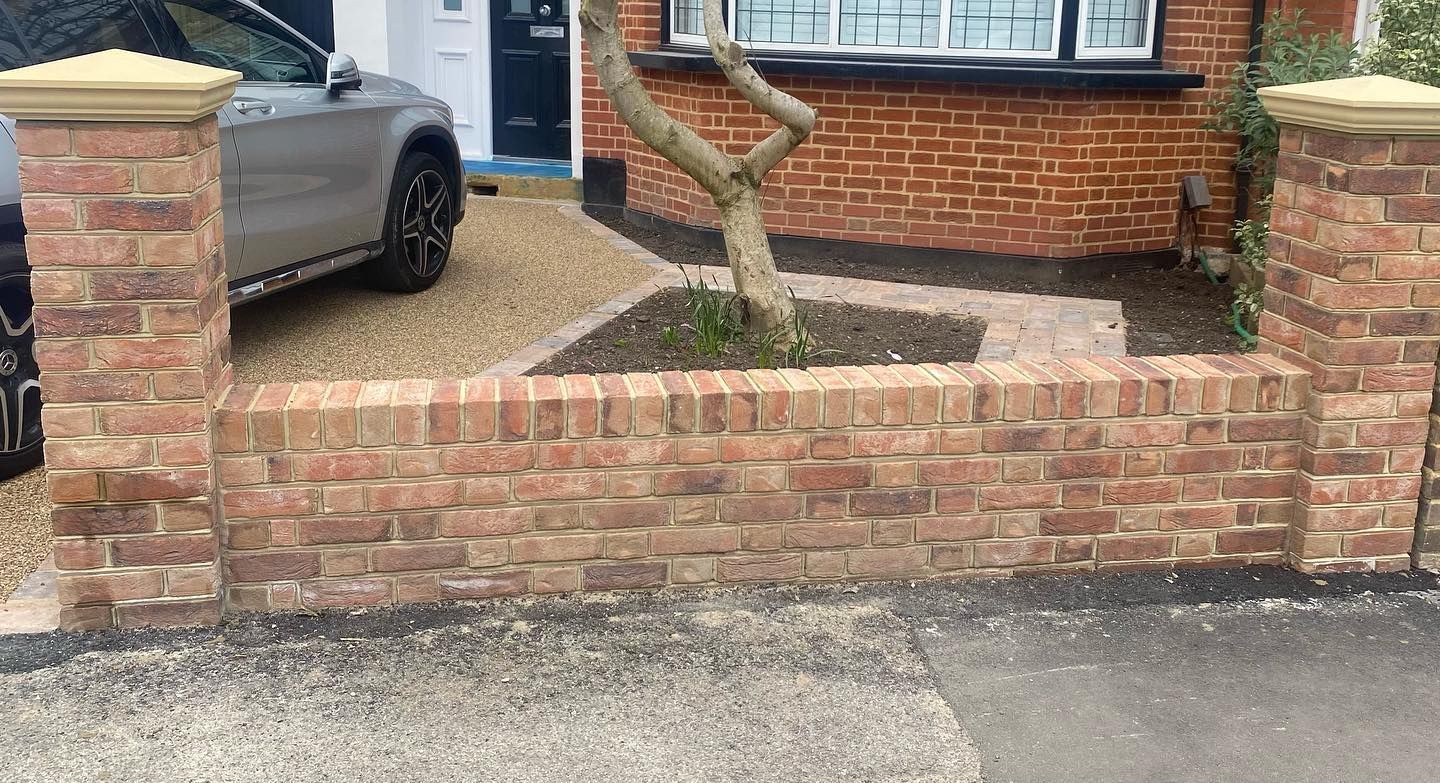Retaining Wall Nottingham | Professionally Built Retaining Garden Walls
Telephone:
0115-647-1794
If you need a retaining wall for your landscaping, our team can help. We have experience in building all kinds of retaining walls, from small garden walls to large commercial projects. No matter what your needs are, we can create a custom solution that will meet your requirements.
We use only the highest quality materials for our retaining walls, so you can be sure that they will last for many years to come. And because we offer a wide range of design options, you can choose the perfect look for your home or business.
If you're not sure what kind of retaining wall would be best for your needs, just give us a call and we'll be happy to advise you. We'll take the time to understand your project and provide you with a free, no-obligation quote.
So if you're looking for a retaining wall builder in the Notttingham area, look no further than us at Professional Gardeners of Nottingham. We'll take care of everything from start to finish, so all you need to do is sit back and enjoy your new retaining wall, and landscaped garden.
- Railway Sleeper retaining wall
- Brick retaining wall
- Concrete retaining wall
- Natural stone retaining wall
- Concrete block retaining wall
Garden Retaining Wall
Garden retaining walls can be a great way to add both form and function to your garden. Not only can they help to define different areas within your garden, but they can also serve as a practical solution for managing slopes and erosion. If you're considering adding a retaining wall to your garden, there are a few things you'll need to keep in mind. Here's a quick guide to help you get started.
The first thing you'll need to do is determine the purpose of your retaining wall. Are you looking to add definition to your garden beds? Are you trying to control erosion on a slope? Once you know the purpose of your wall, you can begin planning its design.
Next, you'll need to choose the material for your retaining wall. There are a variety of options to choose from, including concrete, stone, and even wood. Each material has its own benefits and drawbacks, so be sure to do your research before making a final decision.
Finally, you'll need to determine the size and shape of your retaining wall. Again, this will depend on the purpose of the wall and the space you have available. Once you have all of these factors in mind, you can begin planning your garden retaining wall.
If you're not sure where to start, there are plenty of resources available online and in gardening books. With a little planning and creativity, you can create a beautiful and functional retaining wall that will add value to your home. If you are in need of any other landscaping services then click here to be directed to our
main website
Retaining Wall Ideas
There are a number of different retaining wall ideas that you can use to create a functional and attractive garden feature. Whether you want to add some extra interest to your landscaping or simply need to provide some support for a sloping garden, there are plenty of retaining wall ideas to choose from.
One popular option is to use bricks or stones to create a natural-looking retaining wall. This can be a great way to add some extra texture and interest to your garden, as well as provide support for any plants that you may have grown up the slope. Another option is to use concrete blocks that can be stacked on top of one another to create a more solid structure.
If you're looking for something a little more permanent, then you may want to consider using wooden posts or steel beams to create your retaining wall. These will provide much more sturdy support for your plants and can be painted or stained to match the rest of your garden décor.
Whichever option you choose, make sure that you take the time to plan out your design carefully before you start building. This way you can be sure that everything will fit together perfectly and that your finished product will look great.
If you're not sure where to start, then why not take a look online for some inspiration? There are plenty of websites that feature photos of different types of retaining walls, as well as tips and advice on how to build them.
Once you've got an idea of what you want, the next step is to start gathering the materials you'll need. This includes things like bricks, stones, cement and sand. If you're not sure how much of each material you'll need, then it's a good idea to get in touch with us at Professional Gardeners of Nottingham we can offer advice on the best material to use for your project. We offer a FREE design consultation and quotation to build your retaining wall in Nottingham.
Once you've excepted our quote, and chosen the materials that you would like to go ahead with, the next step is for us to start building! Again, it's important to get the foundations right and plan ahead, so everything is completed correctly and safeley. Once we have finished, you'll have a beautiful new retaining wall that will be perfect for supporting your plants and adding some extra style to your garden.
Sleeper Retaining Wall
One of the most important considerations when constructing a sleeper retaining wall is the strength of the wall. The soil and other materials that the wall is holding back can be very heavy, and if the wall is not strong enough, it can collapse. This can cause serious damage to property and potentially injure or kill people. Therefore, it is crucial to make sure that the wall is designed and built correctly.
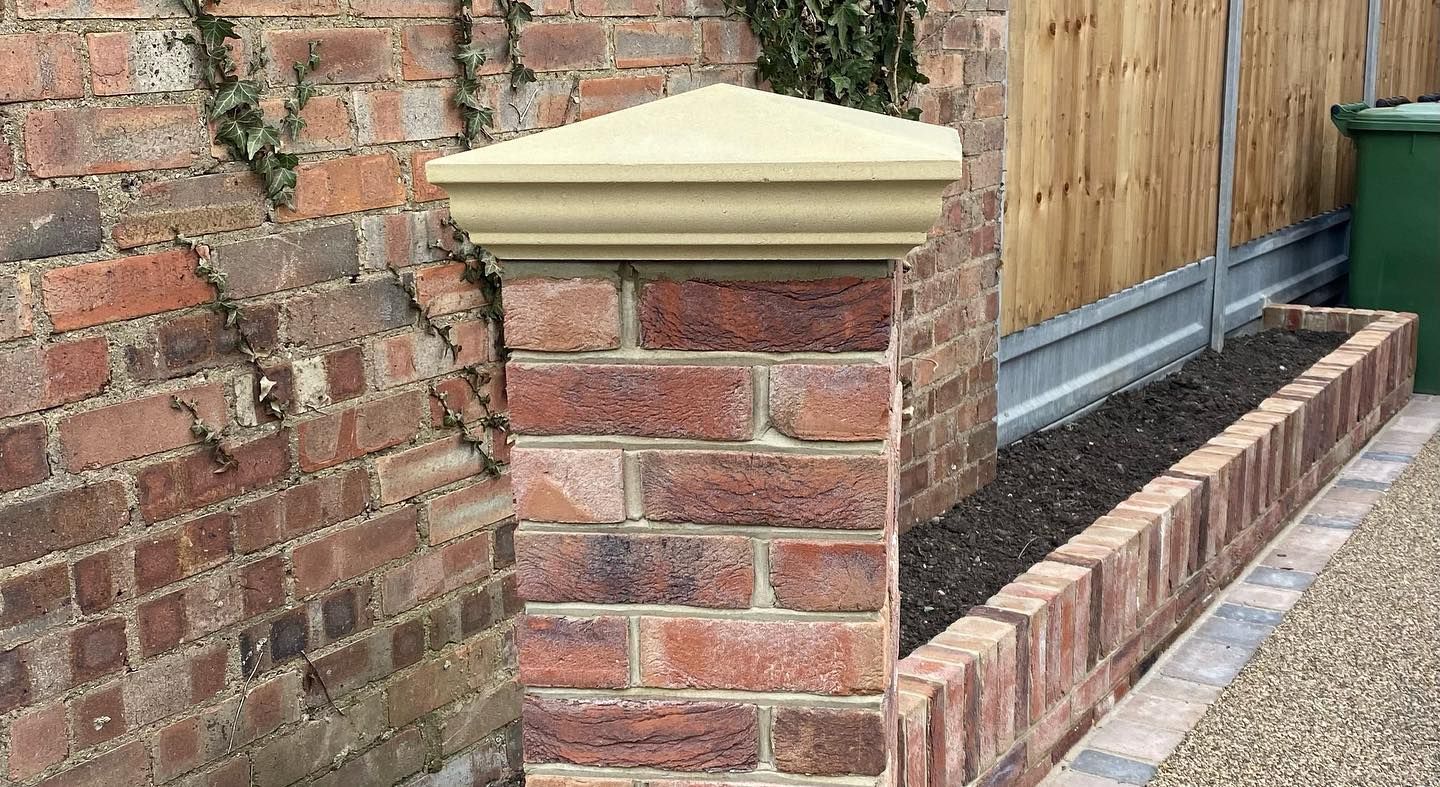
There are several factors that contribute to the strength of a sleeper retaining wall. The first is the type of material that is used for sleepers. They should be made from strong materials such as concrete, steel, or stone. The second factor is the size of the sleepers. They should be thick enough to support the weight of the materials that they are holding back. The third factor is the way that the sleepers are connected to each other. They should be connected securely so that they cannot move or shift.
If you are planning on building a sleeper retaining wall, it is important to consult with a professional engineer to make sure that it is designed correctly. They will be able to help you choose the right materials and make sure that the wall is built properly.
Building a sleeper retaining wall can be a great way to improve the look of your property and increase its value. If you are unsure about whether or not this is the right type of project for you, it is always a good idea to consult with a professional engineer to get their opinion. They will be able to tell you if it is something that you should consider doing and help you decide if it is the right choice for your home.
Brick Retaining Wall
A brick retaining wall is a wall built from bricks, which is used to support soil behind it. Brick retaining walls are usually used in areas where the soil is too soft or unstable to support a structure without a wall.
Brick retaining walls can be built using various methods, but the most common method is to lay the bricks in mortar. The bricks are then stacked on top of each other until the desired height is reached. Once the wall is complete, it is typically covered with a layer of dirt or gravel to help protect it from the elements.
Building a brick retaining wall is a relatively simple process, but it does require some planning and preparation. It is important to make sure that the area where the wall will be built is level and free of obstacles. The wall should also be designed to accommodate the weight of the soil and any landscaping features that will be placed on top of it.
Once the planning and preparation are complete, the actual process of building the wall is relatively straightforward. First, the bricks are laid in mortar and then stacked on top of each other. The wall is then covered with a layer of dirt or gravel to help protect it from the elements.
If you are looking to add a brick retaining wall to your home, there are a few things to keep in mind. First, you will need to decide on the size and shape of the wall. You will also need to choose the type of bricks that you want to use. There are many different types of bricks available, so you should be able to find something that will suit your needs.
Once you have decided on the size and shape of the wall you will need to excavate the area where the wall will be built. This is important because you want to make sure that the wall is level and that there is no chance for it to collapse. You will also need to make sure that the ground is compacted so that it can support the weight of the bricks.
After the excavation is complete, you will need to lay down a layer of gravel or dirt over the area. This will help to protect the bricks from weathering and will also keep them from moving around during construction. Once this is done, you can begin to lay the bricks. It is important that you use a level when laying the bricks so that they are even and there is no chance for them to lean or fall over.
Once the wall is built, you will need to fill in any gaps between the bricks with mortar. This will help to keep water from seeping through and will also add strength to the wall. Once the mortar has dried, you can then add any finishing touches that you like such as painting or staining the bricks.
Building a brick retaining wall is a great way to add value to your home and can also be done by yourself if you have the time and patience. If you are not comfortable doing it yourself, there are plenty of companies that will do it for you. Just make sure that you get quotes from a few different ones so that you can compare pricing and services.
When it comes to choosing the right type of bricks for your wall, you have many options. There are different colours, sizes, and even textures that you can choose from. The most important thing is to make sure that they match the rest of your home’s exterior so that it doesn’t look out of place.
Building a brick retaining wall is not as difficult as it may seem and can really add value to your home. Just be sure to do your research before you start so that you know what you are doing and so that you get the best possible results.
Need a brick retaining wall built safely and to a high secification?
Then call Professional Gardeners of Nottingham to discuss.
We offer a FREE consultation and quote, so you have nothing to lose by calling us for expert advice!
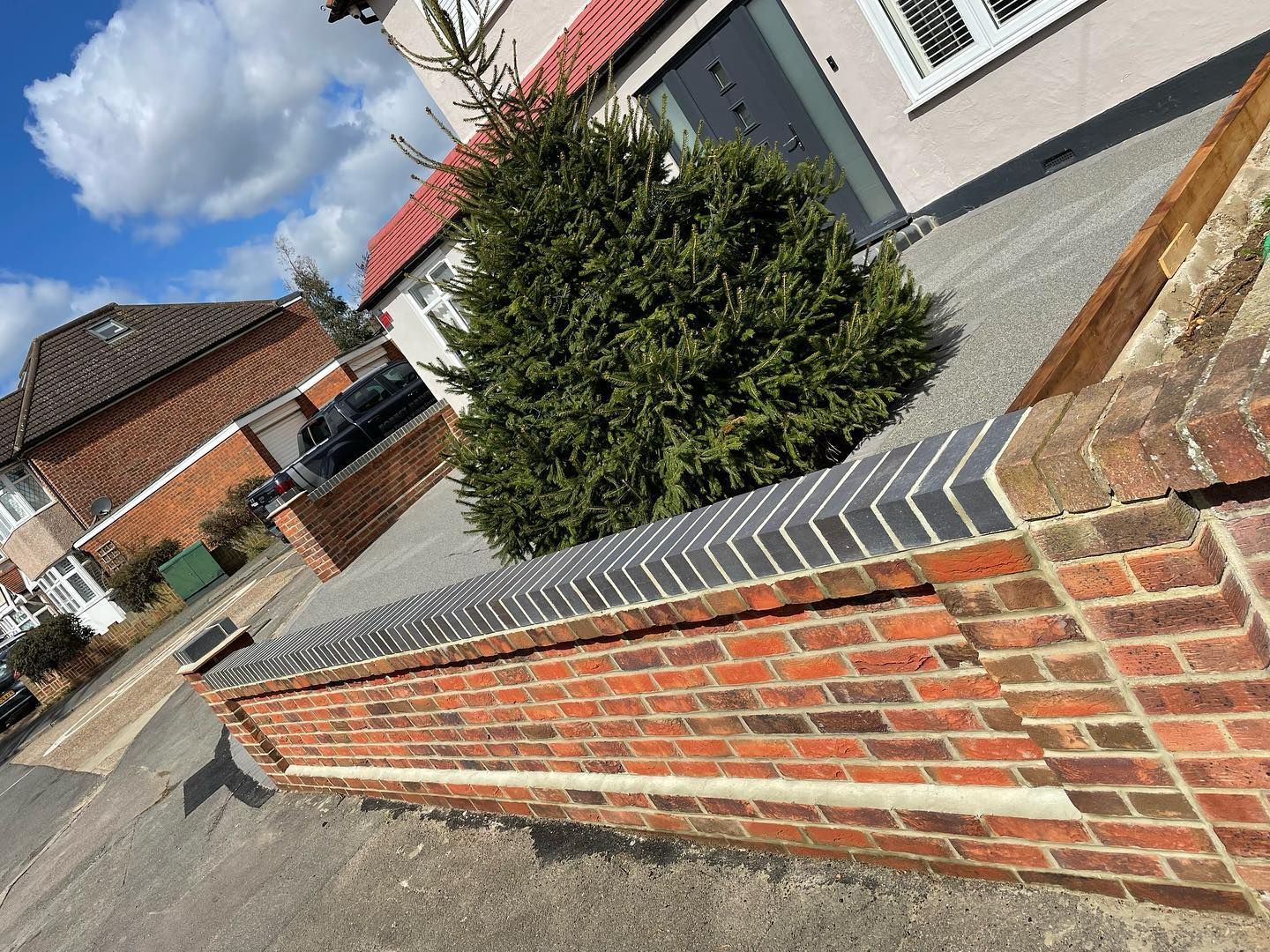
Concrete Retaining wall
Concrete retaining walls are one of the most popular choices for both residential and commercial applications. When properly designed and constructed, concrete retaining walls can provide many years of trouble-free service.
There are many reasons to choose a concrete retaining wall over other types of walls. Concrete is an extremely strong and durable material that can withstand a great deal of weight and pressure. It is also relatively easy to install and maintain, making it a good choice for both new construction and repair projects.
Another advantage of concrete retaining walls is that they are very versatile. They can be used in a variety of different settings and can be customised to meet the specific needs of each individual project. Whether you need a wall to hold back soil on a slope or to create a raised garden bed, a concrete retaining wall can probably be the perfect solution.
If you are considering a concrete retaining wall for your next project, there are a few things you should keep in mind. First, you need to decide what size and shape of wall you need. There are many different sizes and shapes of concrete blocks available, so you should be able to find one that will fit your specific needs.
Next, you need to decide how high you want your wall to be. The height of the wall will largely depend on its purpose. If you are using it to hold back soil on a slope, you will probably want a taller wall than if you were using it to create a raised garden bed.
Once you have decided on the size and shape of your wall, you need to determine how much concrete you will need. Concrete is sold by the cubic yard, so you will need to know the dimensions of your project in order to calculate the amount you need. It is always better to have too much concrete than not enough, so it is a good idea to err on the side of caution when estimating.
Once you have all of the materials and supplies that you need, it is time to get started on your project. The first step is to excavate the area where your wall will be built. This includes removing any vegetation or other obstacles that might get in the way. Once the area is clear, you can begin preparing the base. The base should be level and compacted to ensure a solid foundation.
Once the base is prepared, you can begin to lay the block. The first row of blocks should be level with the ground. As you lay each subsequent row, make sure that the blocks are level with each other. When you get to the last row, you will need to cut the blocks to fit. Once all of the blocks are in place, you can begin filling them with concrete.
It is important to allow the concrete ample time to cure before adding any weight to it. Depending on the weather and temperature, this could take anywhere from 24 hours to several days. Once the concrete has cured, you can add soil and vegetation to your retaining wall.
With a little bit of planning and effort, you can easily build a concrete retaining wall that will last for years to come.
Retaining Wall Cost
The cost of a retaining wall in Nottingham can vary depending on several factors. The most important factor is the height of the wall. The taller the wall, the more expensive it will be. Other factors that can affect the cost include the type of material used, the length of the wall, and the location.
Retaining walls are usually made from concrete, stone, or brick. Concrete is the most common type of material used for retaining walls, as it is strong and durable. Stone is another popular choice, as it has a natural look that can complement any landscaping design. Brick is less common, but it can provide a more traditional look for a retaining wall.
The length of a retaining wall will also affect its cost.
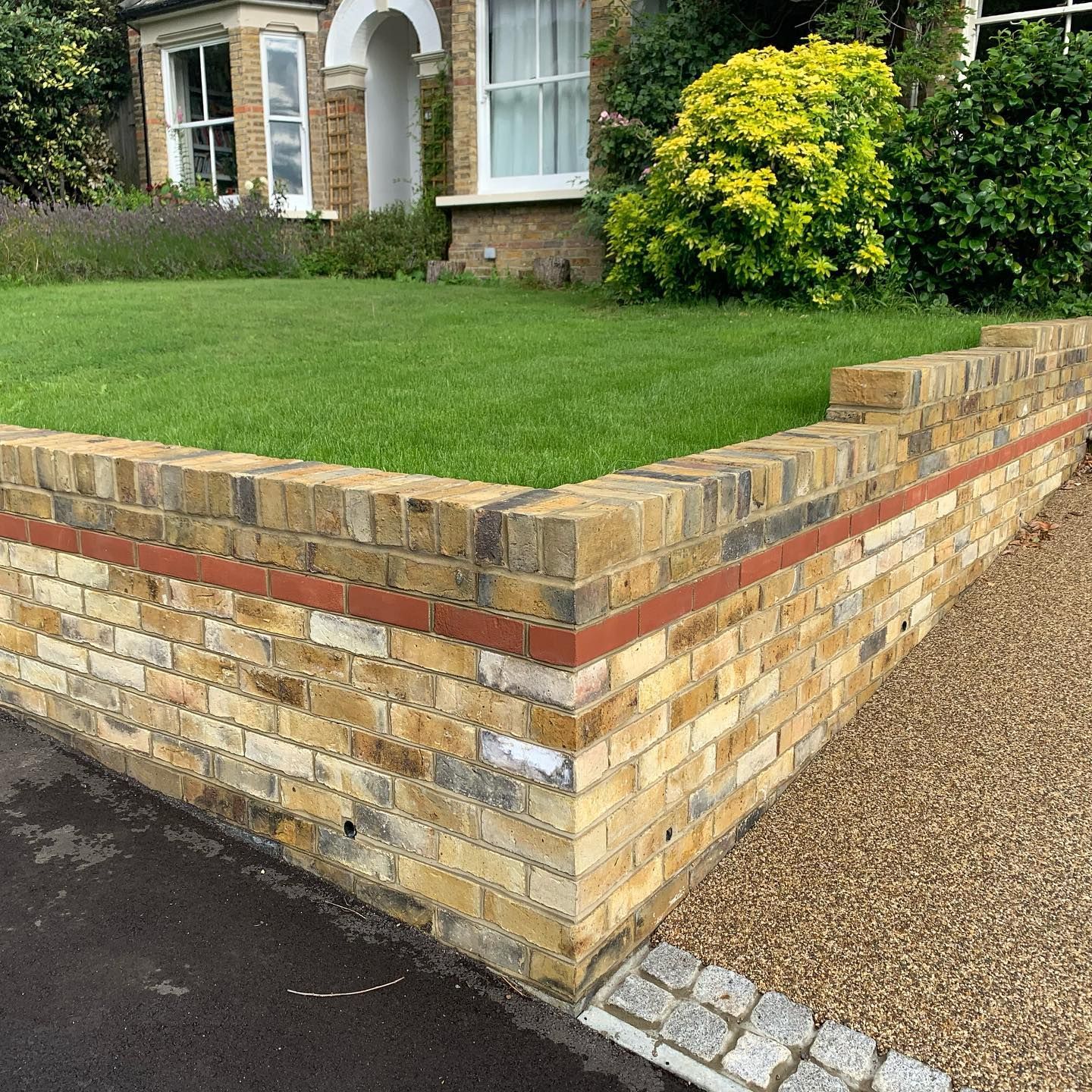
Shorter walls are less expensive than longer walls, as they require less material and labor to construct. The location of the wall is also a factor, as walls in more remote areas will typically be more expensive to build than those in more populated areas.
Building a retaining wall can be a big investment, but it can also add value to your home and improve the look of your landscaping. If you are considering adding a retaining wall to your property, be sure to get quotes from multiple contractors so that you can compare costs. You should also ask each contractor about their experience building retaining walls and inquire about any warranties or guarantees that they offer. By taking these steps, you can be sure that you are getting the best possible value for your money.
Call:
0115-647-1794

